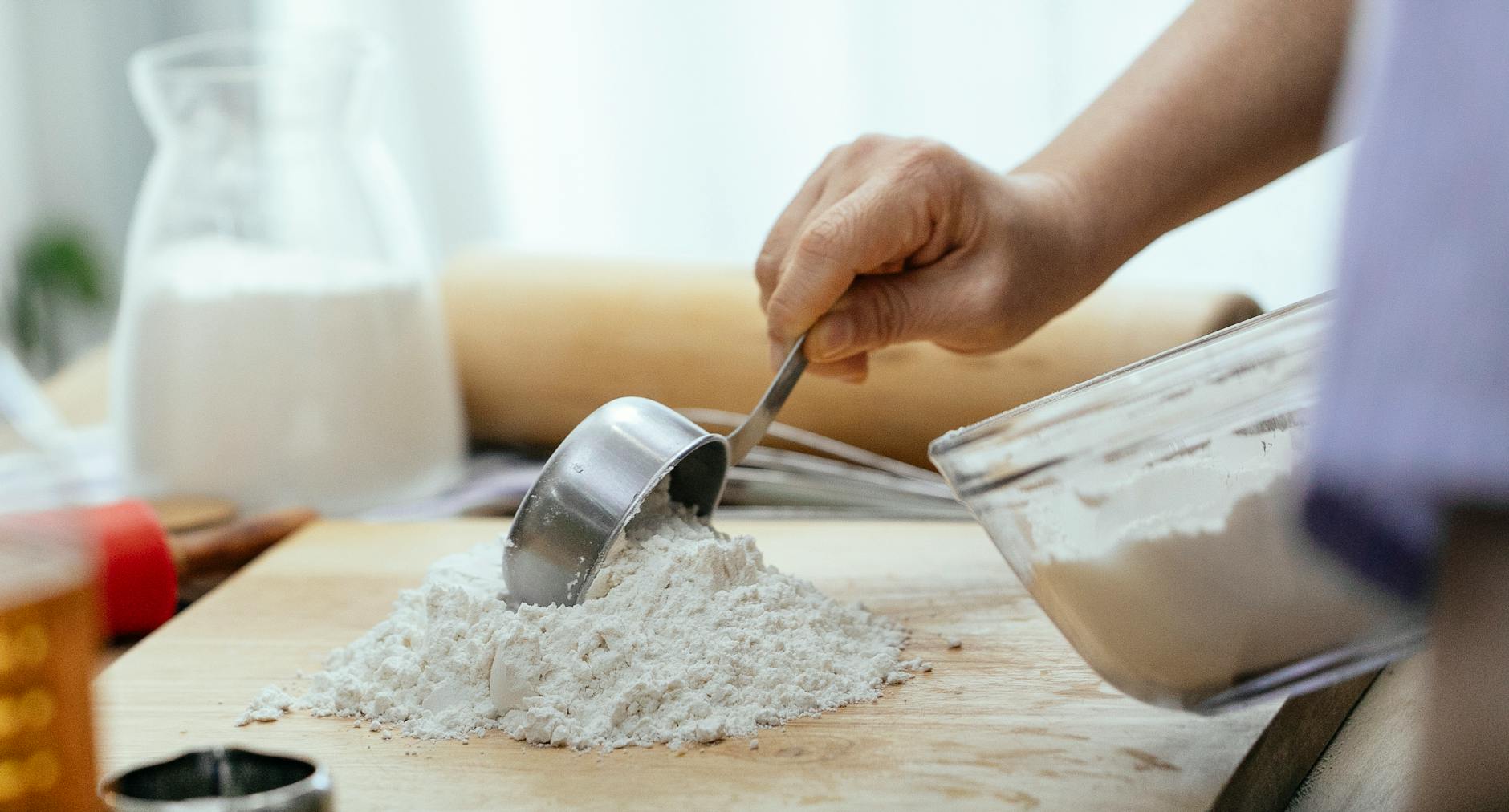Importance of Accurate Measurement in Cooking
In the kitchen world, getting your measurements right is a big deal, for real. Knowing how much of what to use can be a game-changer when you’re whipping up anything from a batch of cookies to a homemade pizza. It’s what separates the pros from the average Joes.
Why Measuring Ingredients Matters
Getting the amounts right is like having a secret weapon for making food that tastes great every time. Whether you’re trying to perfect your Nana’s famous pancake recipe or experimenting with a new pasta sauce, the magic is in the balance. Messing up the amounts? That could mean heavy cakes, watery soups, or way-too-salty spaghetti. Not what you signed up for, right?
When we’re careful about measuring what goes in, we’re not just sticking to what the recipe says—nope, we’re giving ourselves the chance to play around with flavors and textures, without flying blind. Measuring gives us the power to recreate that pie that wowed everyone last Thanksgiving or to level up our cooking chops and make new dishes like a boss.
Understanding Different Measurement Units
Navigating recipes means speaking the language of measurements. In the U.S., you might measure things with cups or teaspoons. But international recipes? They might make you work with grams and milliliters. Knowing our way around these measurements means we can handle just about any recipe the world throws at us.
And there’s more to it than just knowing them. Being able to flip between the units—like turning teaspoons into milliliters or cups into grams—lets us tweak recipes our way and size them up or down as we need. This skill lets us stretch our cooking beyond borders and try flavors from across the globe.
So, let’s get into the groove of measuring our ingredients with care and getting comfy with the different units. It gives us the power to rule the kitchen and pull off some pretty amazing dish transformations. With every cup, spoonful, and gram, we’re making magic happen in the kitchen.
Converting Cups to Grams
In the kitchen, getting your measurements spot-on can be the difference between a scrumptious cake and a culinary disaster. Swapping cups for grams is a handy trick that can keep your recipes consistent and on point. Here’s the lowdown on making those conversions and checking out the grams for popular ingredients.
Basic Guidelines for Converting
Switching from cups to grams isn’t just a matter of swapping numbers—it’s about understanding the density of your ingredients. Different stuff weighs differently, so don’t assume one cup of sugar weighs the same as a cup of flour.
For accurate conversions, grab a conversion chart or a calculator that knows its weights—this avoids guessing. Keep in mind that these conversions can be off by a little, depending on how you measure or pack ingredients, but they’ll get you pretty close.
Common Ingredients and Their Conversions
Here’s your go-to list for common ingredient conversions from cups to grams. Pin it up on your fridge, and you’ll never have to scratch your head again:
| Ingredient | 1 Cup (US customary) | Grams |
|---|---|---|
| All-Purpose Flour | 1 cup | 120g |
| Granulated Sugar | 1 cup | 200g |
| Brown Sugar | 1 cup | 220g |
| Rolled Oats | 1 cup | 90g |
| Butter | 1 cup | 227g |
| Milk | 1 cup | 240g |
| Almond Flour | 1 cup | 96g |
| Cocoa Powder | 1 cup | 85g |
| Honey | 1 cup | 340g |
Use these conversions, and your dishes will be top-notch every time. Don’t forget to tweak your measurements based on what’s in your bowl and what your recipe calls for. Want to dive deeper into conversions? Check out our musings on how much is 100g of flour?.
Knowing these basic conversions for your favorite ingredients can seriously up your kitchen game. Get your measuring right, and you’ll be able to whip up delightful bites with confidence and flair.





